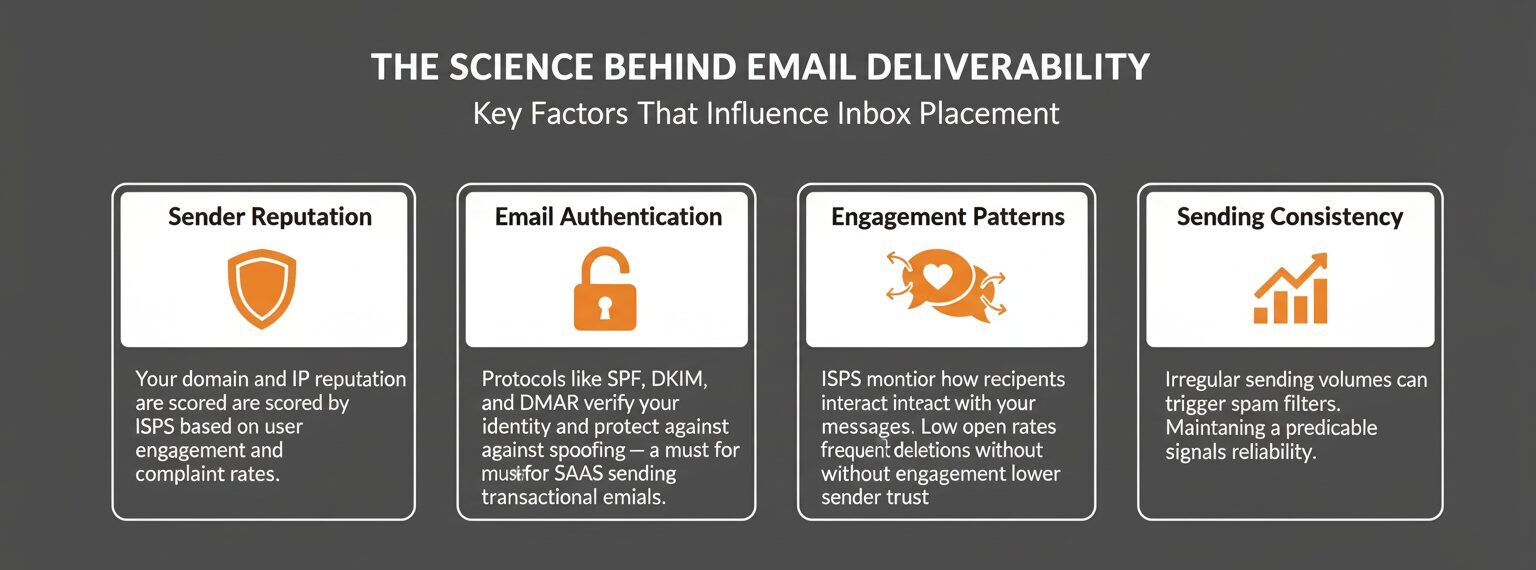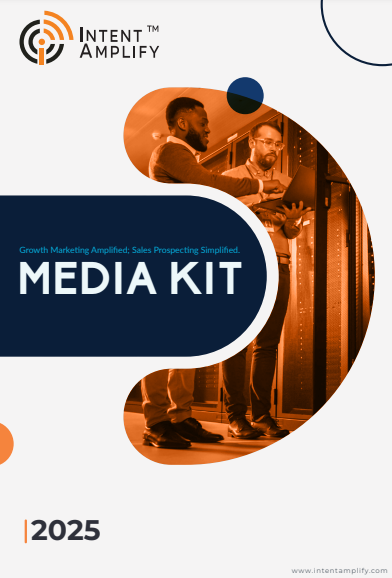
List Hygiene & Email Deliverability: What SaaS Marketers Must Know
- Last updated on: October 28, 2025
In a rapidly changing SaaS environment, your email marketing plan is only as effective as your deliverability rate. Thus, any persuasive message or customer-specific automated workflow will not have an impact if your emails are not physically delivered to the inbox. This article explains email science related to deliverability and list hygiene. Both are two components that are rarely considered but have a direct relationship with brand trust and business expansion.
As per the report “Validity State of Email Deliverability 2025“, 21% of legitimate B2B emails are not delivered to the inboxes they are aimed at. The result is that one out of five potential customers may never come across your content. For SaaS marketers, this is a silent revenue loss, which causes them to be heavily dependent on the onboarding sequences, renewal campaigns, and product updates.
What Is Email Deliverability and Why Does It Matter for SaaS Companies
Email deliverability is more than just sending an email. It’s about ensuring it lands in the inbox, avoids spam folders, and reaches the intended recipient at the appropriate time.
Deliverability, for SaaS companies, is the main factor that influences everything. It is the conversion rate of trials-to-paid accounts that is mainly affected by deliverability. In addition, a high deliverability rate increases the return on investment from all marketing activities as a result of the campaigns reaching users and thus, driving their engagement.
HubSpot study shows that a 1% improvement in deliverability can result in up to a 5% increase in email-driven revenue, which is particularly the case with high-volume SaaS campaigns. The essence of the matter is that better inbox placement leads to more visibility, more engagement, and more conversions.
Understanding Email List Hygiene
What Is Email List Hygiene?
List hygiene means the maintenance of a clean, engaged, and consent-based subscriber database. In essence, it involves the elimination of inactive users, confirmation of addresses, and avoiding spam traps. This can cause damage to your sender’s reputation. In the case of SaaS companies that use marketing automation and onboarding campaigns as a standard practice, poor list hygiene can lead to deliverability issues that are costly and hard to resolve.
Cleaning your list should be the first thing you do when your email performance is declining. A bounce rate exceeding 2% or spam complaints over 0.1% is an indication of the existence of invalid or inactive contacts. A decline in open rates or deliverability could be a sign that your sender reputation is in danger. When you choose to disregard these symptoms, ISPs decide to throttle or block your emails. Getting back from that situation can take several months.
Best Practices for List Hygiene
1. Validate emails frequently. Use an email verification service, such as NeverBounce, ZeroBounce, or Bouncer, to eliminate invalid and/or disposable emails.
2. Use double-opt-ins. Require subscription confirmation to ensure that leads want to join your list.
3. Segment inactive subscribers. Prior to suppressing inactive subscribers, run a re-engagement campaign.
4. Have a sunset policy. Remove subscribers that have not engaged with your email in a six- to twelve-month timeframe.
5. Suppress risky domains. Do not send emails to known spam traps (ex., support@) or role-based email domains (ex., info@).
Regular list maintenance protects the deliverability and future credibility of your brand.
Compliance and Data Privacy Considerations
GDPR regulation in Europe requires explicit consent to be provided for sending emails and an easy way for contacts to unsubscribe. CAN-SPAM in the U.S. requires that senders identify themselves with proper sender identification and opt-out instructions in their email. CASL in Canada requires for consent of emails to be either expressly or implied.
Abiding by the regulations will protect your brand and allow for better deliverability. ISPs trust email senders that are compliant, which helps your emails not go to spam and instead get delivered directly to the inbox.
Measuring the Impact of Deliverability and List Hygiene on ROI
An email deliverability enhancement and a list hygiene upkeep are two of the most significant factors that directly affect return on investment (ROI). To put it simply, a campaign will succeed if it reaches out to an engaged, high-quality audience. In fact, the connection is created with people who want to listen to you, which inevitably leads to a high engagement rate and higher conversion rates.
There are a number of metrics that you can use to gauge the extent of this impact. Inbox Placement Rate (IPR) indicates the number of emails landing in the inbox as opposed to the spam folder. Ideally, your bounce rate should be less than 1.5%, and spam complaints should not exceed 0.1%. A good sender score monitored by means of tools such as Validity or Talos Intelligence signals a good sender reputation and consistent email health.
As a matter of fact, a SaaS company located in the U.S. employed Intent Amplify to clean its email list by getting rid of 20% of the inactive accounts. In less than six months, it recorded a 25% open rate increase and a 17% growth in paid conversions. This is an unequivocal demonstration that email hygiene is one of the main drivers behind business growth that can be quantitatively measured.
Conclusion
Deliverability and list hygiene are often treated as backend hygiene tasks, but in SaaS marketing, they’re growth levers. Every inbox you miss is a potential customer you lose. And every spam complaint erodes hard-earned trust.
For SaaS marketers, the message is clear: prioritize deliverability as much as creativity. The most beautifully written email is meaningless if it’s never seen. To master the full SaaS email ecosystem, explore related insights:
- How to Create a Winning SaaS Email Marketing Strategy
- How to Write SaaS Email Copy That Feels Human, Not Automated
- How to Measure the ROI of Your SaaS Email Marketing Strategy
FAQs
1. What impacts SaaS email deliverability the most?
Defective sender reputation, unacceptably high bounce rates, complaints about spam, and subscribers who do not open emails are the most significant factors that lower email deliverability.
2. How frequently should SaaS marketers perform the cleaning of their email lists?
At least once every quarter. You can do it more frequently if your list grows rapidly or you have free trial sign-ups.
3. What is the most effective method to verify email addresses?
Before adding contacts to your CRM or automation system, perform an email verification with a tool like ZeroBounce, NeverBounce, or Clearout.
4. Could high-frequency emails result in a decrease in deliverability?
Yes. Spam filters may be triggered by over-emailing, which also leads to an increase in the number of people unsubscribing. The frequency of emails should be consistent with the engagement metrics.
5. How am I able to deliverability success?
You can achieve deliverability success by tracking a number of metrics such as inbox placement rate, bounce rate, sender score, and engagement (opens, clicks, replies).




